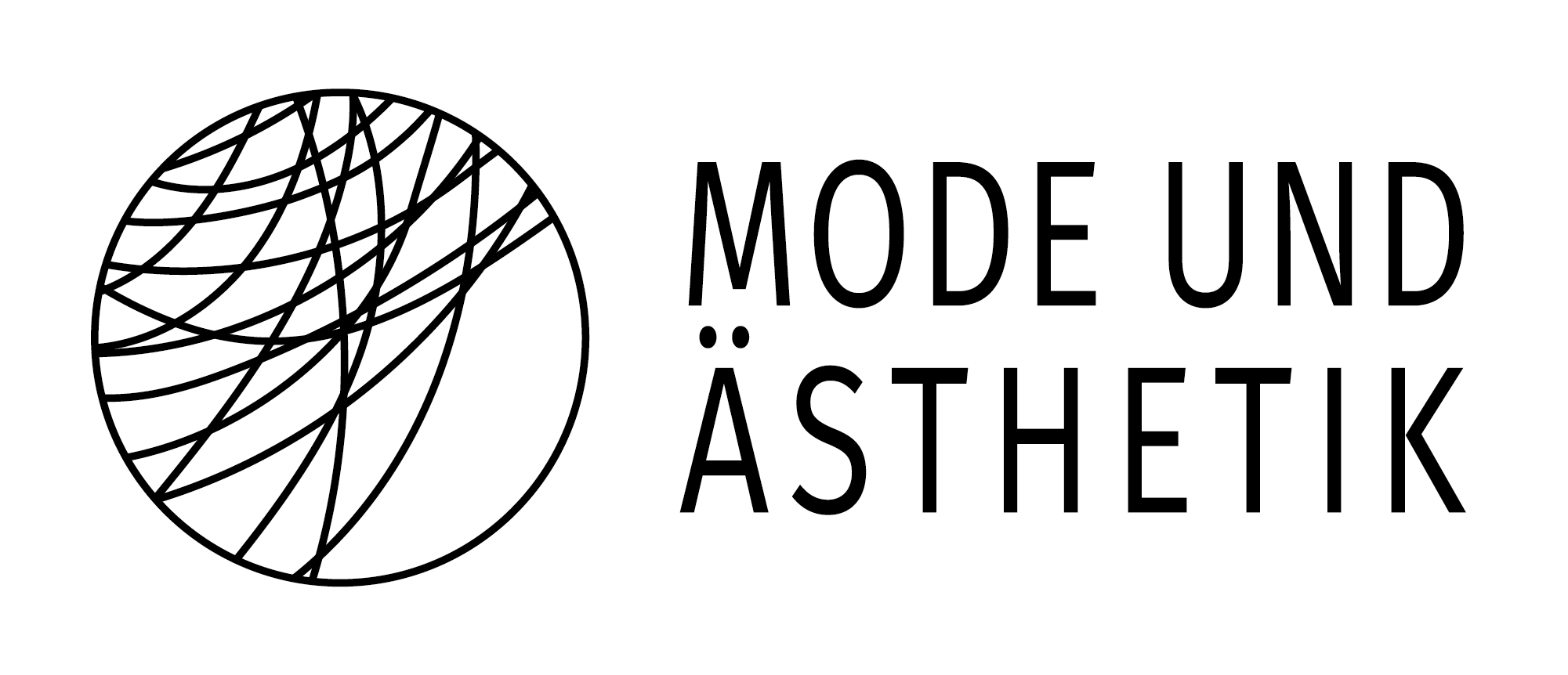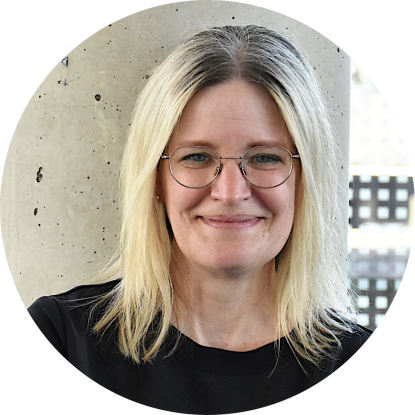Regime of representation of migration. Perspectives based on art and cultural studies
„Der Mensch ist frei, weil er sich mit einer unvorhersehbaren und unerklärlichen Bewegung gegen seine Bedingungen empören kann und sie verändern kann.“ (Vilém Flusser) (unofficial translation: “Human beings are free, if they can object against and change their living conditions through unforeseeable and inexplicable movement.”
Vilém Flusser always conceptualises the migratory as “freedom of the migrant” (Flusser 1994). He describes the migratory movement as a “creative process” even though it goes hand in hand with the phenomena of being driven out of their homeland and forcibly being expelled. While Flusser emphasises the potential for actions of the migrant subject, migration and flight are the phenomena addressed most often in political discussions and how they endanger or even threaten the freedom of states and individuals. The visual representation of migration, such as in media reporting or in social networks, often uses perspectives that either code the body of migrants by ethnicity or gender while localising and defining them according to a biased political and cultural balance of power. Consequently, Stuart Hall described “the entire repertoire of images and visual effects through which ‘difference’ is represented at any given historical moment […] as a representational regime” (reverse translated quotation, Hall 2004). However, numerous artistic positions question these stereotyping descriptions and take up different views to enable new ways of looking at migration. Images or videos (harragas) taken and circulated by refugees themselves are often able to shift and change handed down views.
The workshop “Regime of representation of migration” aims to critically question the tension between potential of action and visual device based on art and everyday culture. This way, negotiation processes in the context of migration are being studied together with theories on visual representations.
Organisation and management of the workshop:
Prof. Dr. Alexandra Karentzos
Miriam Oesterreich M.A.
Apl. Prof. Dr. Melanie Ulz (adjunct professor)
Conference programme, 18 November 2017
| 10.00 am – 10.15 am |
Alexandra Karentzos, Miriam Oesterreich, Melanie Ulz Welcome of the organisers |
| 10.15 am – 11.00 am |
Kea Wienand Un-/Zulässige Vergleiche oder verknüpfte Erinnerungen? Verhandlungen von Migration in der Gegenwartskunst (Un-/acceptable comparisons or associated recollections? Negotiating migration in contemporary art) |
| 11.00 am – 11.45 am |
Kerstin Meincke Auf der Suche nach dem verlorenen Gedächtnis Algeriens – Katia Kamelis ›Roman algérien‹ (Looking for the lost memory of Algeria – Katia Kamelis ›Roman algérien‹) |
| 11.45 am – 12.15 pm | Coffee break |
| 12.15 pm – 1.00 pm |
Lisa-Katharina Weimar Pressefotografien in Debatten um ›Flucht‹ und ›Asyl‹ 1977-1989 (Press photographs in discussions about ›Fleeing‹ and ›Asylum‹ 1977-1989) |
| 1.00 pm – 2.00 pm | Lunch break |
| 2.00 pm – 2.45 pm |
Samira Yildirim Über die Grenze. Visualisierungsstrategien von Demarkationen in Kunstwerken der Gegenwart (Across the border. Visualisation strategies of demarcations in contemporary works of art) |
| 2.45 pm – 3.30 pm |
Ülkü Süngün Orientalism in progress |
| 3.30 pm – 4.00 pm | Coffee break |
| 4.00 pm – 4.45 pm |
Irene Below »Exhibere – aus der Dunkelheit in die Sichtbarkeit bringen« (A. Sczymczyk) – Exil und Migration auf der documenta 14 in Athen und Kassel (Making the obscured visible – Exile and migration at the documenta 14 in Athens and Kassel) |
| 4.45 pm – 5.30 pm | Concluding panel discussion |
| 6.30 pm |
Mathildenhöhe Vernisage Otto Bartning. Architect of a socially inclined modernity |





